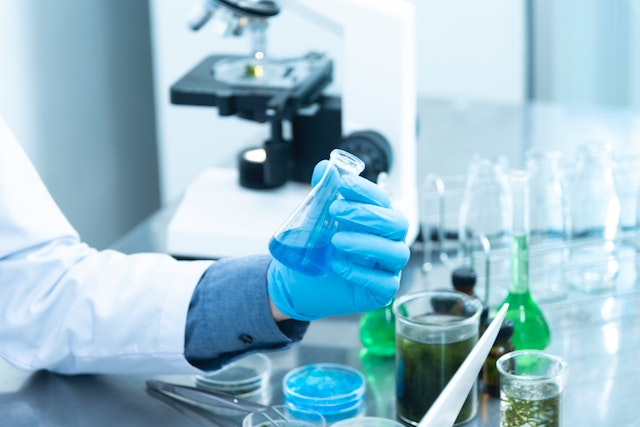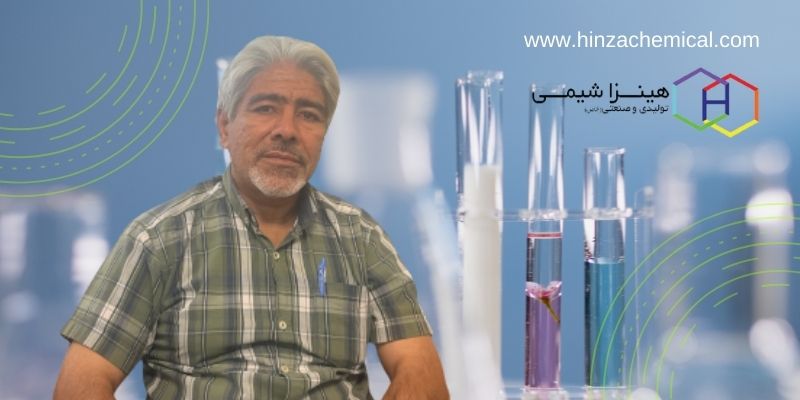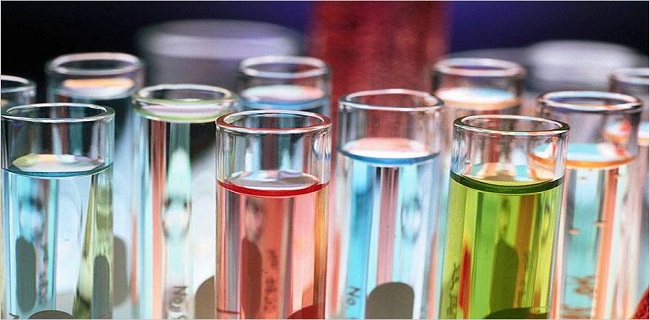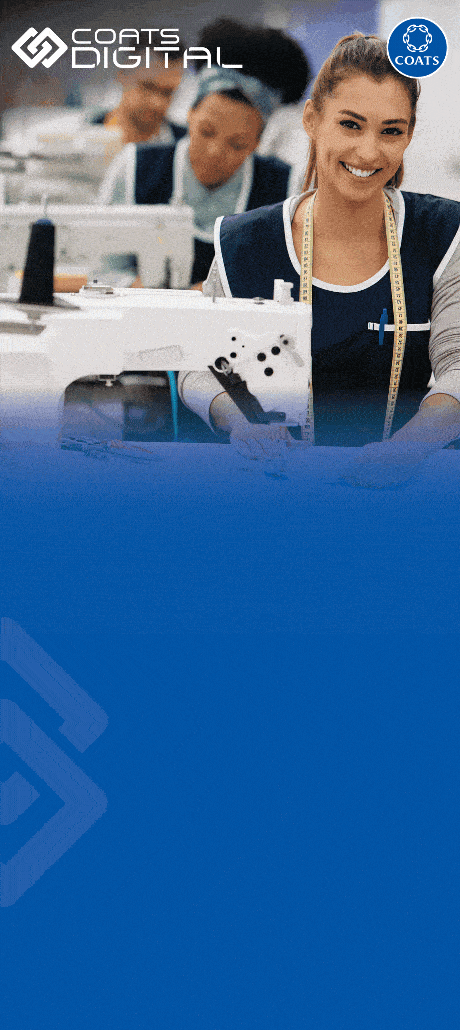An authoritative review of the manufacturing and marketing of textile auxiliary chemicals, the key to Hinza Chemical Company‘s success
An interview with Hinza Chemical Company General Managers, Mr. Hossein Zamani and Mr. Kamyar Safi Nejad
Please give a brief overview of Hinza Chemical Company, including its history, objectives, and products.
Mr. Zamani: We officially established the Hinza Chemical Company in 1994 (Iran – Tehran) and continue to operate as Hinza Chemical today. Our expertise in this field spans about 30 years, a significant factor in Hinza Chemical Company’s success.
Most of our product line consists of textile auxiliary chemicals employed in industries including dyeing, finishing, spinning, and preliminary processes. We also manufacture emulsion resins for the carpet and curtains industries. Although our products can be applied in other sectors as well, we only specialize in the field of textile auxiliary chemicals because this is where our experience and work team lies.
According to the operating license, Hinza Chemical Co. has a production capacity of about 22,500 tons annually. Due to a shortage of liquidity and the current state of the market, our manufacturing capacity fluctuates. Customers submit their purchases earlier than the due date since they know that producers of textile auxiliary chemicals currently work to control liquidity and avoid products from being stored in the warehouse, which means idle capital.
What sources do you use to provide your raw materials?
Mr. Safi Nejad: most of the raw materials come from Iranian petrochemicals, with around 20% coming from imports that aren’t made in Iran. Previously, we imported these goods from Taiwan, Japan, and Europe, but now that Iran is being subject to sanctions, we are importing more from China and Turkey.

Where does Hinza Chemical stand concerning other domestic competitors?
Mr. Zamani: Most businesses in this sector focus on a small range of textile auxiliary chemicals. 90% of the materials used in the textile industry can be produced at Hinza Chemical by reverse engineering. We can give samples to the customer and optimize and formulate the product.
From antistatic oils, spinning oils, and softeners to antifoams, detergents, and sizing components, among other things, our products are available. More than half of the staff at Hinza Chemical Co. holds bachelor’s, master’s, or doctoral degrees in textiles, and we have a dedicated textile team.

Is there a unique standard in Iran for textile auxiliary chemicals to stop profiteering?
Mr. Zamani: Unfortunately, Iran lacks a specified standard for textile auxiliary materials, but we make an effort to manufacture our materials with quality that is at least comparable to that of the rest of the globe and European manufacturers. We have made an effort to create material safety data sheet (MSDS) guidelines in Iran and deliver them to consumers.
Details like whether the substance is flammable or not? Is it hazardous when it comes in contact with skin? Does it emit gases that cause cancer or not? What are the requirements for using it? So forth. The same holds for foreign enterprises.
Mr. Safi Nejad: Our work includes giving businesses the necessary knowledge and counsel as a critical component. We first test our materials in the customer’s plant and interact with the companies to acquire the most remarkable outcomes and efficient use.
At Hinza Chemical, our sales staff is an expert group with technical understanding who does sales activities in addition to sales and marketing. The key to Hinza Chemie’s success is this specialist approach because selling chemicals is very specialized.

Can Iranian enterprises that produce textile chemicals compete with foreign firms in Manufacturing textile auxiliary materials?
Mr. Zamani: Yes, I believe it is possible to create comparable foreign products. Given our perks in manufacturing petrochemical raw materials, we can generate many products at the same or even more significant level than Chinese or Turkish products.
For instance, although we are entirely self-sufficient in Iran’s spin finish industry, despite having outstanding manufacturing quality, we cannot export it to Turkey due to hefty customs tariffs.
Aside from SBR resins, there is currently no exporting of textile auxiliary materials. However, occasionally specific dealers from nearby nations like Iraq and Afghanistan make purchases using Iranian cash. We can develop any chemical that the textile market demands.
Companies can approach us and discuss their unique and specialized requirements with us. I firmly believe that we can produce such material through reverse engineering, repeating, and testing. To export, robust and established manufacturers in Iran require low-cost, high-volume raw materials.
Mr. Safinejad: The wrongfully extracted added value tax from the manufacturer, not only once but also from each production company separately, is one of Iran’s production difficulties. It implies that a textile product has undergone 9% added value many times from the time it is a raw material to the point where it is delivered to the consumer. As a result, we have experienced an outrageous price increase that has stopped us.

How can we make textile auxiliary chemicals that are safe, eco-friendly, and less detrimental to the environment?
Mr. Zamani: At Hinza Chemical Company, we’ve always made an effort to have a voice in the raw material choices used to create our products and to employ ingredients that are less detrimental to the environment and are biodegradable.
The end user and the factory operator who handles this substance should be exposed to the fewest risks and the fewest dangerous substances in the effluent. The producer’s expertise in making and marketing textile auxiliary materials with the most negligible increase in environmental damage and harm determines how much the final cost will be affected by this activity.



















